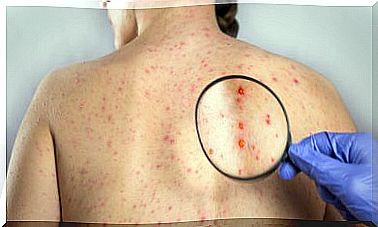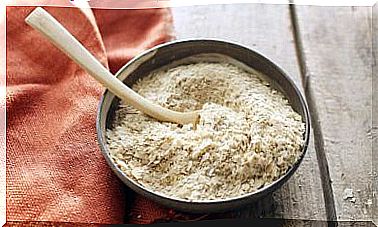All About The Treatment Of Balanitis
Balanitis is inflammation of the glans penis, which is the thinnest and most bulky part of the penis. This term can also refer to inflammation of the clitoris, although this situation is much less frequent.
In almost all cases of balanitis, the glans and foreskin become red, leading to other lesions such as blisters, erosions, or gray and whitish spots. Also, most patients experience pain, itching, and stinging.
Below, we provide more information about its origin and its possible treatment. Keep reading!
What are the causes?

It is important to clarify that the treatment of this pathology depends on the type of balanitis and the cause that triggers the inflammation. According to a publication by the National Center for Biotechnology Information , among the factors that can cause balanitis are the following:
- Diabetes.
- Morbid obesity.
- Poor body hygiene.
- Neoplastic conditions.
- Drug allergies.
- Bacterial or fungal infection.
- Allergies to soaps, preservatives or detergents.
- Postcoital hypersensitivity or traumatic cause.
- Plasma cell infiltration (Zoon’s balanitis).
- Conditions such as congestive heart failure (right side), cirrhosis, and nephrosis.
On the other hand, since there could also be an associated sexually transmitted infection, it is necessary to consult a good specialist to receive an accurate diagnosis.
What types of balanitis are there?
According to a Cleveland Clinic publication, balanitis is classified into these three types:
Zoon Balanitis
This is the main and most common type. It usually appears, especially in elderly men who are not circumcised and do not have a good habit of hygiene, and is characterized by inflammation and redness of the head of the penis.
Circinate balanitis
This type of balanitis can be associated with other conditions, such as Reiter’s syndrome or reactive arthritis, a type of arthritis that develops in response to an infection in the body. In addition to having the signs of the previous type, this is characterized by causing small sores on the head of the penis.
Keratotic and micaceous pseudoepitheliomatous balanitis
This is the rarest and most unusual form of balanitis and affects men over 60 years of age. It is recognized by the appearance of scaly warts on the glans penis.
Possible treatments

Balanitis can go away quickly if the right treatments are followed. Also, it usually does not require surgery. However, as we already mentioned, the prognosis of this disease depends on what has been its cause and the risk factors that are represented.
Now, if this condition is not treated correctly and in a timely manner, different complications may appear, such as painful retraction of the foreskin, inadequate blood supply to the penis, allergic dermatitis, among others.
In relation to the treatments, in a publication of the United Kingdom National Health Service the following are indicated:
Good hygiene
This is one of the main recommendations regarding this condition, since good daily hygiene can help reduce the problem. In addition to drying the area well, it is important to avoid the use of soaps, shampoo or other products that may be irritating.
Using creams and ointments
Depending on the cause, the specialist will recommend the use of creams or ointments to relieve symptoms. Among their recommendations could be the following:
- Steroid cream or ointment for simple skin irritation.
- Antifungal cream or tablets for a yeast infection.
- Antibiotics for a bacterial infection.
Is it possible to prevent balanitis?

According to the aforementioned publication, it is possible to reduce the probability of this condition appearing, if, in addition to having good hygiene and avoiding irritating products, these tips are followed:
- Use emollients to replace soap.
- Practice safe sex to avoid a sexually transmitted disease.
- Use latex-free condoms if you have an allergy to this compound.
Finally, it is important to clarify that these treatments must be endorsed by a specialist. The doctor will be the ideal person to establish the possible causes and the best way to treat this condition.








